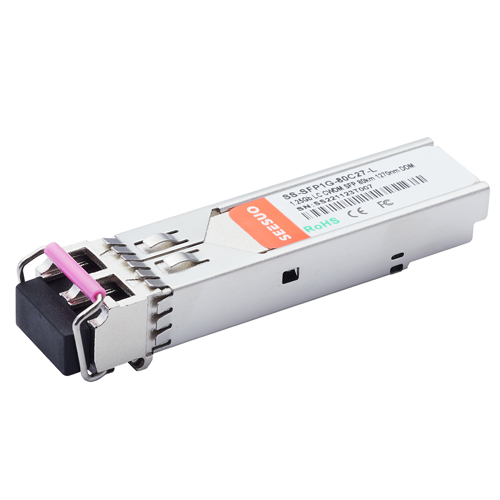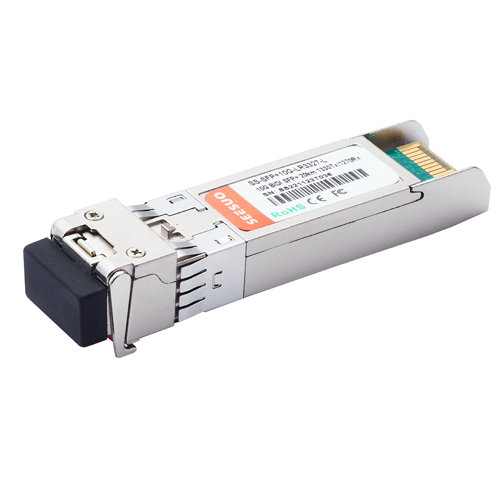- Related articles
- Optical Transceivers for Cisco WS-C3750V2-24TS-S Switch
- The Difference between CSFP and X2
- All Cisco CWDM-GBIC-1570's information (List price, Specs, Datasheet PDF, Compatibility ma
- The Things You Need to Know about 10GBASE-SW Ethernet Standards
- All Cisco MFELX1's information (Overview, Specs, Datasheet PDF, Compatibility matrix)
- All Cisco GBIC-BX-U's information (Specs, Datasheet PDF, Compatibility matrix)
- Optical Transceivers for Cisco IE-3000-4TC-E Switch
- All Cisco DWDM-X2-50.92's information (List price, Specs, Datasheet PDF, Compatibility mat
- Move to 40G Today? Yes!
- Decryption of new technologies: PCI-E SSD and NVME standards

Nowadays, as the core optoelectronic device in the optical communication network, the types of the optical module is increasing, and its functions also becoming more and more complicated. Different types of optical modules are emerging such as SFP, SFP +, XFP, QSFP, GBIC and BIDI. We’ll take SFP optical module which is commonly used in the market as an example to talk about the difference among these similar optical modules.
SFP optical module, which also known as small package pluggable optical module, and used in the telecommunications industry and optical communications. The interface of the SFP optical module is LC which the size is small, suitable for high-density cabling environment. Meanwhile, SFP has specifications that a variety of network electronic device vendors to support, mainly to support Gigabit Ethernet and fiber-optic network communications. The electrical interface of it is 20pin Gold-finger, data signal interface is basically same as SFF module’s.

The difference between SFP and SFP+

The difference between SFP and XFP

The difference between SFP and GBIC

The difference between SFP and QSFP

The difference between SFP and BIDI






















































